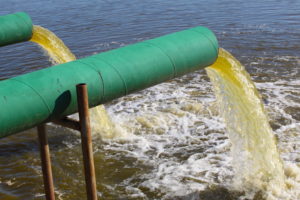WICHITA FALLS, Texas — Drinking potty water isn’t exactly to my liking.
But that’s what they’re doing in this Wichita County community. They’re processing waste water and turning it into potable water … the stuff you can swill with allegedly no discernible after taste.
The officials in Wichita Falls swear by what they’re doing.
For one thing, it is reducing by a considerable amount the volume of fresh water the city’s 100,000 or so residents are consuming.
The city had to do it back when so much of Texas was enduring the punishing drought. They developed technology to turn — pardon the intentional pun — crappy water into fresh drinking water. It’s my understanding that the locals aren’t complaining about it.
Given that Wichita Falls has a limited supply of drinking water — with it all coming from surface-water reservoirs — the city felt it had no choice but to find a way to convert the waste water into the drinkable liquid.
When I first got wind of this initiative, I approached then-Amarillo City Manager Jarret Atkinson — a well-known expert on water development and conservation — and said the following:
If you have to develop this kind of technology for Amarillo, fine! Go for it! Just don’t tell me.
